Home>Garden Essentials>What Is Fake Grass On Football Fields
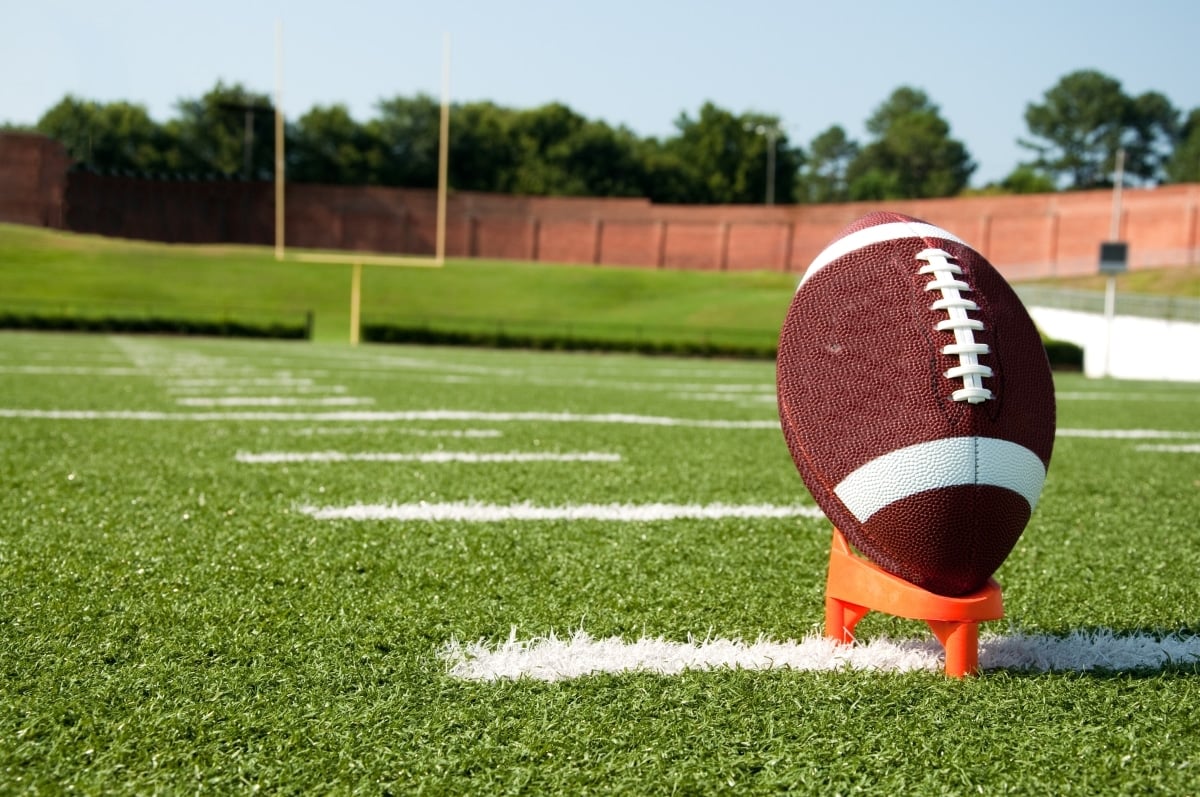

Garden Essentials
What Is Fake Grass On Football Fields
Modified: October 18, 2024
Discover the benefits of using fake grass on football fields for a garden setting. Create a low-maintenance, natural-looking playing surface that enhances the overall aesthetic appeal.
(Many of the links in this article redirect to a specific reviewed product. Your purchase of these products through affiliate links helps to generate commission for Storables.com, at no extra cost. Learn more)
Introduction
When it comes to football, the playing field is an essential element that can greatly impact the success and enjoyment of the game. Traditionally, natural grass has been the preferred surface for football fields, providing a lush and natural playing environment. However, in recent years, there has been a rise in the use of fake grass, also known as artificial turf, on football fields.
Artificial turf is a synthetic material that mimics the look and feel of real grass. It is made from a variety of materials, including nylon, polyethylene, and polypropylene, which are woven together to create a durable and resilient surface. This artificial alternative has gained popularity due to its ability to withstand heavy use, resist weather conditions, and provide a consistent playing surface.
In this article, we will delve into the history of fake grass on football fields, explore the different types of artificial turf, discuss the benefits and concerns surrounding its use, examine the maintenance and longevity of artificial turf, and consider its environmental impact.
So, let’s kick-off and explore the fascinating world of fake grass on football fields.
Key Takeaways:
- Artificial turf, or fake grass, is a durable and low-maintenance alternative to natural grass on football fields. It provides a consistent playing surface, withstands all weather conditions, and allows for increased playtime and multiple events.
- While concerns exist, such as potential injury risks and environmental impact, continuous innovation and sustainable practices are improving artificial turf. With proper maintenance and advancements, fake grass offers a balance of performance, safety, and environmental responsibility.
History of Fake Grass on Football Fields
The use of artificial turf on football fields traces back to the mid-1960s when the first generation of synthetic playing surfaces was introduced. The motivation behind this development was to address the challenges posed by natural grass, such as high maintenance costs, limited durability, and the impact of weather conditions.
The early versions of artificial turf were characterized by short, plastic fibers that were laid atop a hard base. While these surfaces provided a more durable alternative to natural grass, they often lacked the proper cushioning and traction necessary for optimal player safety. As a result, injuries were frequent, and the overall playing experience was compromised.
Over the years, advancements in technology and material science have resulted in the development of more sophisticated and player-friendly artificial turf systems. Second-generation artificial turf featured longer fibers and improved cushioning, aiming to replicate the performance characteristics of natural grass.
It was during the 1990s that the third generation of artificial turf, commonly referred to as “3G turf,” emerged. This new generation incorporated a mix of synthetic fibers combined with sand and granulated rubber infill, providing enhanced shock absorption and improved ball roll characteristics.
Today, the latest generation of artificial turf, known as “4G turf,” combines the elements of previous generations and introduces innovations such as a hybrid surface with natural grass fibers woven into the artificial turf. This hybrid approach aims to provide the benefits of both natural grass and artificial turf, offering an even more realistic playing experience.
The adoption of fake grass on football fields has been driven by its ability to offer a consistent and reliable playing surface, regardless of weather conditions. Additionally, artificial turf requires less maintenance compared to natural grass, making it an attractive option for stadiums and venues that host numerous football games and events.
With an understanding of the history of fake grass on football fields, let’s now explore the different types of artificial turf.
Types of Artificial Turf
Artificial turf comes in various types, each with its own distinct characteristics and advantages. Let’s take a closer look at some common types of artificial turf used on football fields:
- Monofilament Turf: This type of artificial turf is made up of individual, straight fibers that resemble natural grass. Monofilament turf offers excellent durability and resistance to heavy foot traffic. It provides a consistent playing surface and is known for its ability to maintain its shape over time.
- Texturized Turf: Texturized artificial turf features fibers that have a textured appearance, resembling the look and feel of real grass. This type of turf offers a more natural and aesthetic appeal while still providing durability and performance.
- Hybrid Turf: As mentioned earlier, hybrid turf combines natural grass fibers with artificial turf. This type of turf aims to provide the best of both worlds by offering the resilience and durability of artificial turf and the natural aesthetics and playing characteristics of real grass.
- Shock-Absorbing Turf: Safety is a significant concern in football, and shock-absorbing turf is designed to minimize the impact of falls and reduce the risk of injuries. This type of turf incorporates additional padding or underlayments to provide enhanced shock absorption.
Each type of artificial turf has specific benefits and considerations. Factors such as budget, desired playing characteristics, and maintenance requirements should be taken into account when selecting the most suitable type of artificial turf for a football field.
Now that we have covered the types of artificial turf, let’s move on to explore the benefits of using fake grass on football fields.
Benefits of Fake Grass on Football Fields
The use of fake grass on football fields offers a range of benefits that have contributed to its growing popularity in the sports industry. Here are some key advantages:
- Durability: Artificial turf is designed to withstand heavy use and maintain its shape and performance over time. Unlike natural grass, which can become worn out and damaged with regular play, fake grass provides a consistent playing surface that is resilient and durable.
- All-Weather Play: One of the significant advantages of artificial turf is its ability to withstand various weather conditions. Unlike natural grass, which can become muddy and slippery after rain, fake grass drains quickly and remains playable, ensuring uninterrupted gameplay in any weather.
- Consistency: Artificial turf provides a consistent surface, free from uneven patches or divots. This consistency enables players to make accurate movements, enhances ball control, and reduces the risk of injuries caused by sudden changes in terrain.
- Lower Maintenance: Maintaining natural grass on football fields requires regular watering, mowing, and fertilizing, which can be time-consuming and costly. Fake grass eliminates the need for these maintenance practices, significantly reducing both the time and financial investment required to keep the field in top condition.
- Increased Usage: Natural grass fields require periods of rest and recovery to prevent overuse and damage. However, with artificial turf, football fields can handle more intense and frequent use without the need for extended downtime. This allows for increased playtime, practice sessions, and even the opportunity to host multiple events on the same field.
- Aesthetics: Artificial turf is designed to maintain its vibrant green appearance throughout the year. This ensures that football fields look visually appealing and inviting, enhancing the overall experience for players and spectators alike.
These benefits have made fake grass a preferred choice for football fields in various stadiums, training facilities, and recreational venues. However, it is important to consider some concerns and controversies surrounding artificial turf, which we will explore next.
Fake grass on football fields, also known as artificial turf, is made of synthetic fibers designed to look and feel like real grass. It requires less maintenance and can withstand heavy use, making it a popular choice for sports fields.
Concerns and Controversies Surrounding Artificial Turf
While fake grass on football fields offers numerous benefits, there are also concerns and controversies associated with its use. It is crucial to address these issues to ensure a comprehensive understanding of both the advantages and potential drawbacks. Let’s explore some of the main concerns:
- Injury Risk: While advancements in artificial turf technology have significantly reduced the risk of injuries, there are still concerns regarding the potential for increased friction, which can lead to abrasions and burns when players slide or make contact with the surface. However, sports governing bodies and turf manufacturers continue to refine the materials and designs to mitigate these risks.
- Heat Retention: One of the most debated issues surrounding artificial turf is its heat retention properties. Synthetic surfaces have been known to absorb and emit more heat than natural grass, leading to higher temperatures on the field. This can pose a risk of heat-related illnesses for players, especially in hot climates. To combat this, newer innovations in artificial turf include cooling technologies and infill materials that reduce heat buildup.
- Environmental Impact: Artificial turf is often criticized for its environmental impact. The production and disposal of synthetic turf can have negative consequences on the environment. However, it is important to note that advancements have been made in creating more sustainable and recyclable turf materials, reducing the carbon footprint associated with artificial turf.
It is essential for stakeholders, such as sports organizations, field managers, and manufacturers, to address these concerns by investing in research, technology, and sustainable practices. This way, the potential drawbacks of artificial turf can be minimized, and the benefits can be maximized for all those involved.
Now, let’s explore the maintenance and longevity of artificial turf on football fields.
Read more: What Does An Astro Turf Football Field Cost
Maintenance and Longevity of Artificial Turf
Artificial turf offers several advantages in terms of maintenance compared to natural grass. Here’s a closer look at the maintenance practices and longevity of artificial turf on football fields:
Maintenance:
Artificial turf requires regular maintenance to ensure its optimal performance and longevity:
- Brushing and Raking: Regular brushing and raking help to keep the fibers upright, redistribute infill, and prevent matting and compaction. This helps maintain the playability and appearance of the surface.
- Debris Removal: It is important to regularly remove leaves, dirt, and other debris from the artificial turf to prevent buildup and maintain proper drainage.
- Infill Management: The infill, such as rubber or sand, needs to be periodically checked and topped up to maintain adequate shock absorption and stability.
- Stain Removal: Spills and stains should be immediately addressed to prevent staining and maintain the overall aesthetics of the field.
Longevity:
The lifespan of artificial turf varies depending on various factors, including the quality of the turf, the amount of usage, and the level of maintenance. On average, well-maintained artificial turf can last around 10 to 15 years. However, in high-traffic areas or professional stadiums, the turf may need to be replaced more frequently to ensure optimal performance.
Regular maintenance and proper care are crucial in extending the lifespan of artificial turf. Adequate brushing, infill management, and proactive repairs can help prevent wear and tear, ensuring that the field remains in excellent condition for many years.
While artificial turf requires maintenance, it often demands less time and resources compared to natural grass, making it an attractive option for field managers and organizations looking for a cost-effective and durable playing surface.
Next, let’s consider the environmental impact of fake grass on football fields.
Environmental Impact of Fake Grass on Football Fields
The use of fake grass on football fields raises concerns about its environmental impact. It is important to examine the potential effects and consider sustainable practices to minimize any negative consequences. Here are some key points to consider:
Water Conservation:
Natural grass requires significant amounts of water to stay healthy and maintain its lush appearance. In regions experiencing water scarcity or drought conditions, artificial turf can significantly reduce water consumption. By switching to fake grass on football fields, water resources can be conserved, contributing to sustainability efforts.
Chemical Usage:
Maintaining natural grass often involves the use of fertilizers, herbicides, and pesticides to control weeds and pests. These chemicals have the potential to leach into the soil and adversely affect local ecosystems. With artificial turf, the need for such chemicals is eliminated, reducing potential environmental contamination and the associated risks.
Land Usage and Conversion:
Creating and maintaining natural grass fields requires substantial land dedication. In contrast, artificial turf allows for more efficient land utilization, as multiple activities can take place on the same field. This reduces the need for land conversion and preserves natural habitats.
Recyclability:
The disposal of artificial turf at the end of its lifespan can be a concern. However, advancements in technology have led to the development of recyclable materials, enabling artificial turf to be recycled and repurposed rather than ending up in landfills. Proper waste management practices should be implemented to ensure the sustainable disposal of old artificial turf.
Emissions and Carbon Footprint:
The production of artificial turf involves energy consumption and greenhouse gas emissions. However, it is crucial to consider the overall lifecycle impact. The lower water usage and reduced maintenance requirements of fake grass contribute to potential energy savings and reduced carbon emissions over time.
To mitigate the environmental impact of fake grass on football fields, it is essential to prioritize sustainable practices. This includes utilizing recyclable materials, implementing water-efficient irrigation systems, promoting responsible waste management, and considering the use of renewable energy sources during manufacturing processes.
By adopting these measures, the environmental footprint of artificial turf can be minimized, ensuring a more sustainable playing surface for future generations.
Now, let’s conclude our exploration of fake grass on football fields.
Conclusion
Fake grass, or artificial turf, has become increasingly prevalent on football fields due to its numerous benefits and advancements in technology. It offers a durable and consistent playing surface, regardless of weather conditions, ensuring optimal performance for players. The lower maintenance requirements of artificial turf save time and resources, making it an attractive option for field managers and organizations. Additionally, the ability of fake grass to withstand heavy use allows for increased playtime and the hosting of multiple events on the same field.
While there are concerns and controversies surrounding artificial turf, such as the risk of injuries and heat retention, continuous research and innovation are addressing these issues to improve player safety and comfort. Sustainable practices, such as the use of recyclable materials and water-conserving irrigation systems, can mitigate the environmental impact and promote the longevity of artificial turf.
In conclusion, fake grass on football fields offers an alternative to natural grass that enhances the playing experience and provides long-term cost savings. With proper maintenance and sustainable practices, artificial turf can continue to evolve, offering a balance between performance, safety, and environmental responsibility. As technology progresses, we can expect even more advanced and eco-friendly solutions in the world of fake grass on football fields.
So, whether you’re a player, spectator, or field manager, the rise of fake grass on football fields is shaping the future of the game, providing a reliable and sustainable playing surface for all to enjoy.
Frequently Asked Questions about What Is Fake Grass On Football Fields
Was this page helpful?
At Storables.com, we guarantee accurate and reliable information. Our content, validated by Expert Board Contributors, is crafted following stringent Editorial Policies. We're committed to providing you with well-researched, expert-backed insights for all your informational needs.
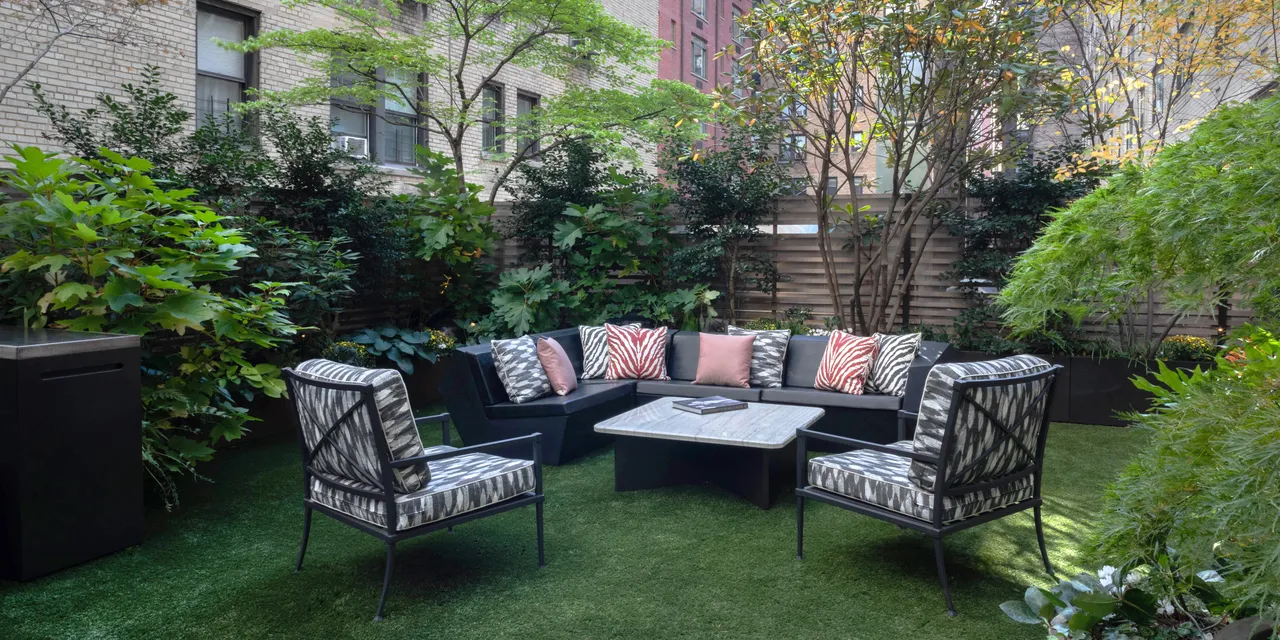
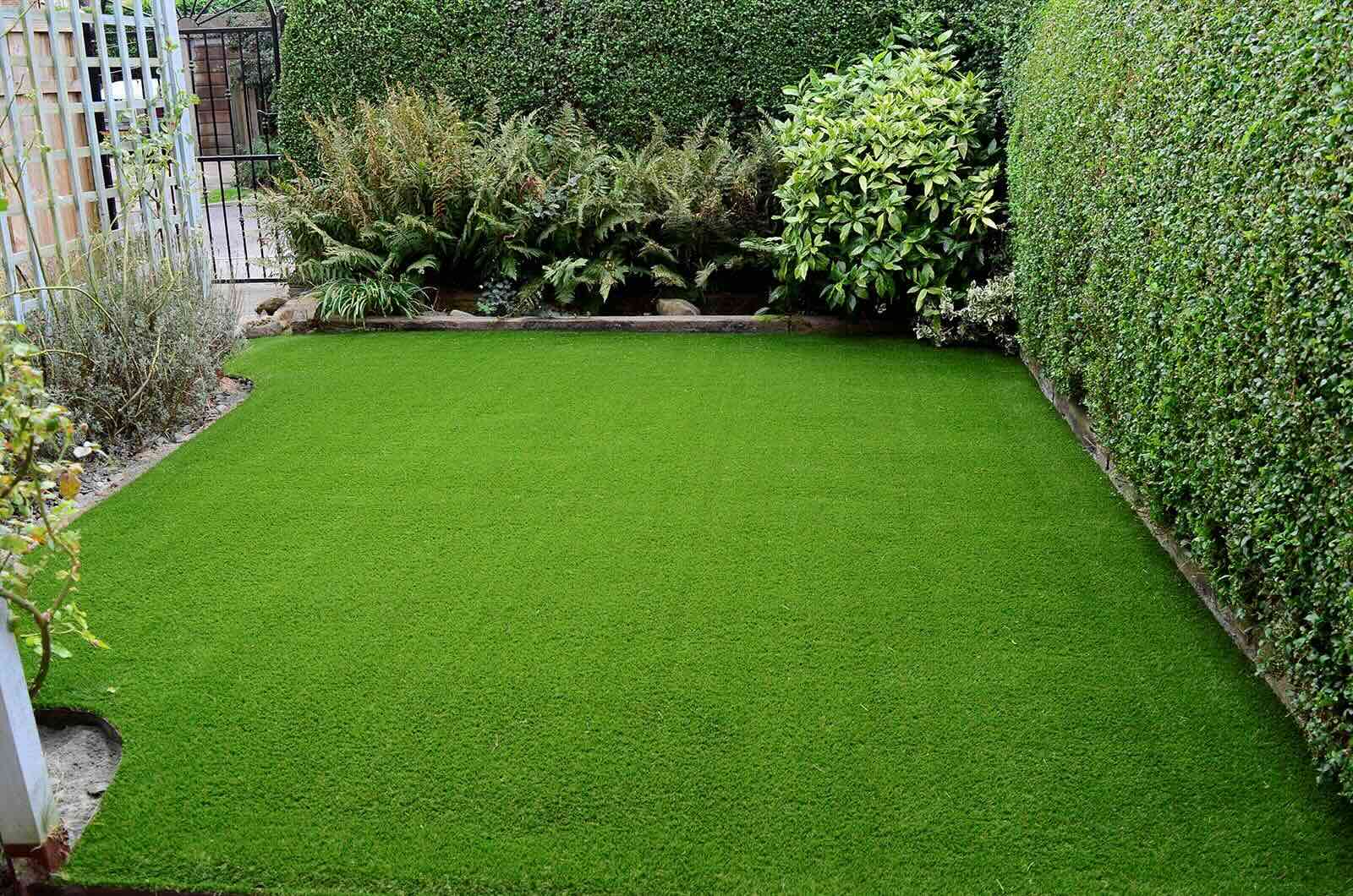
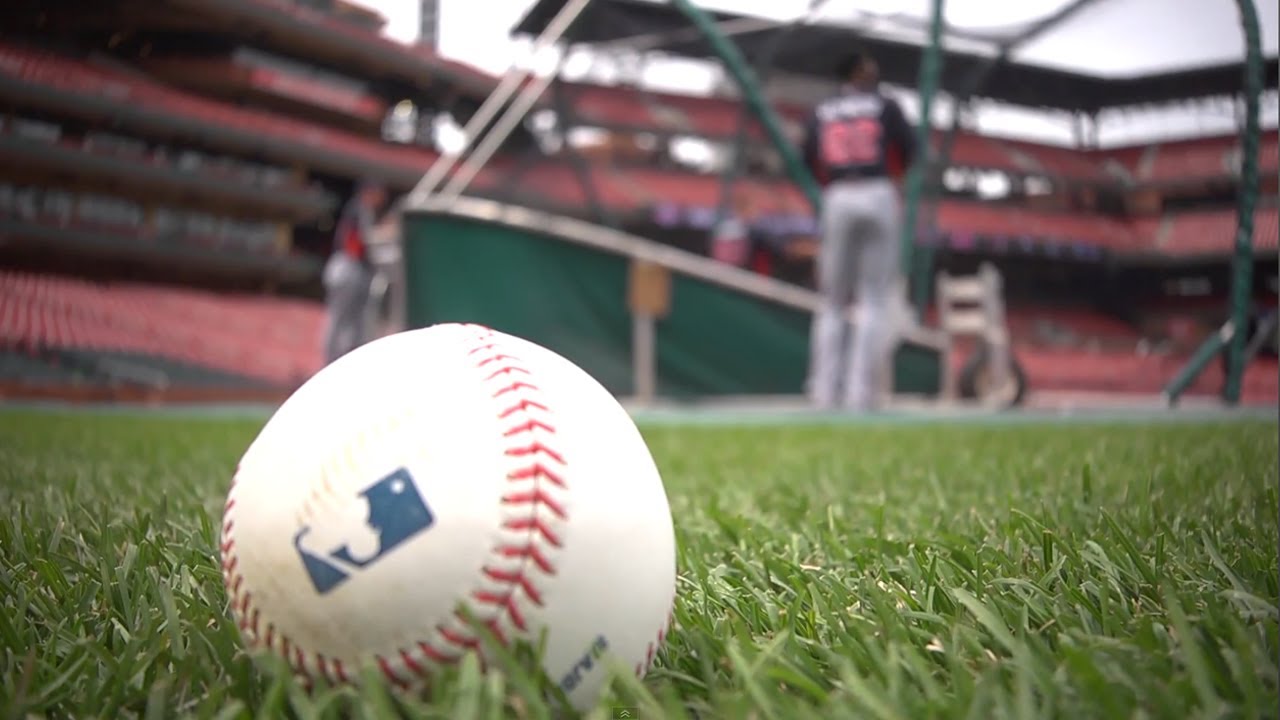
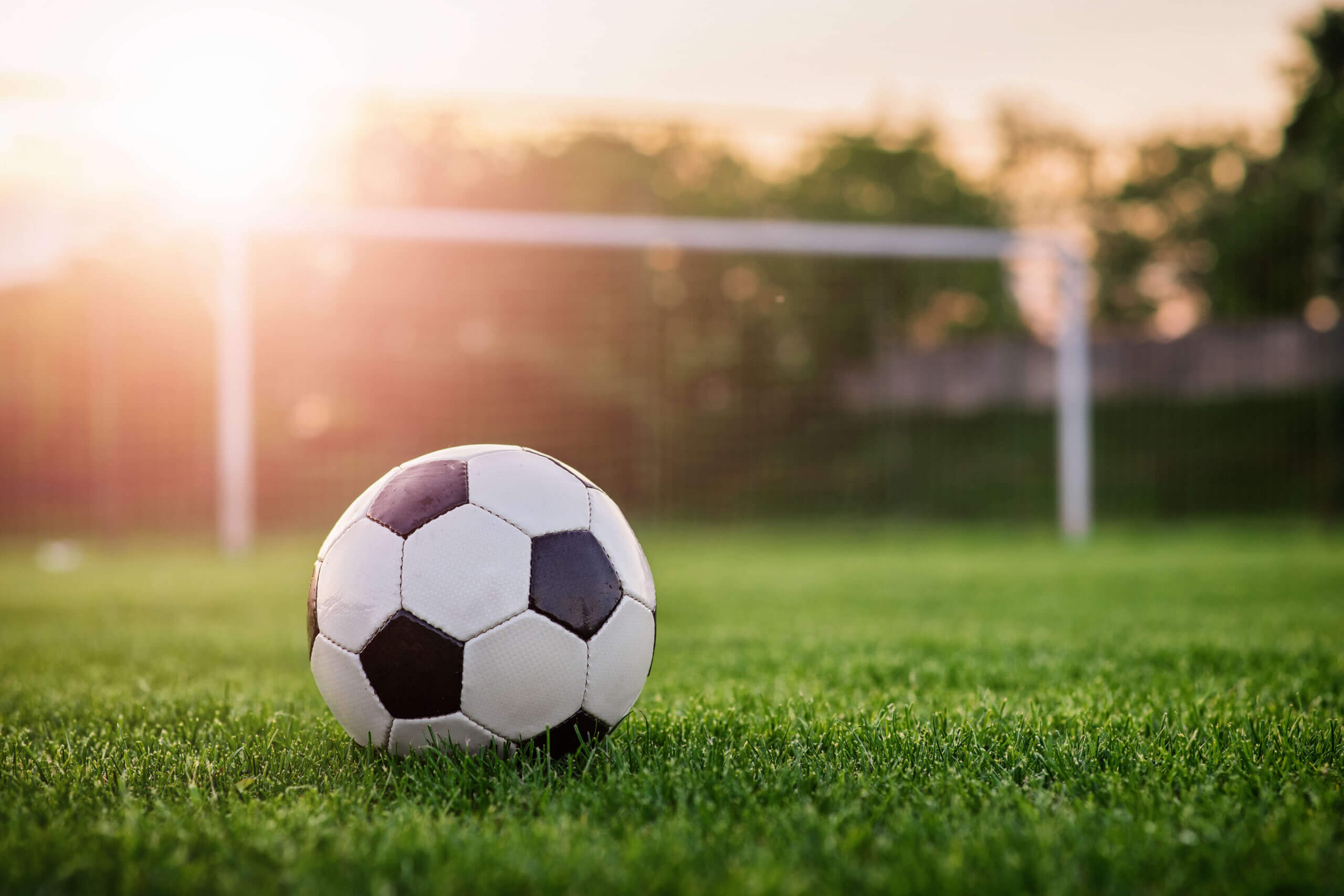
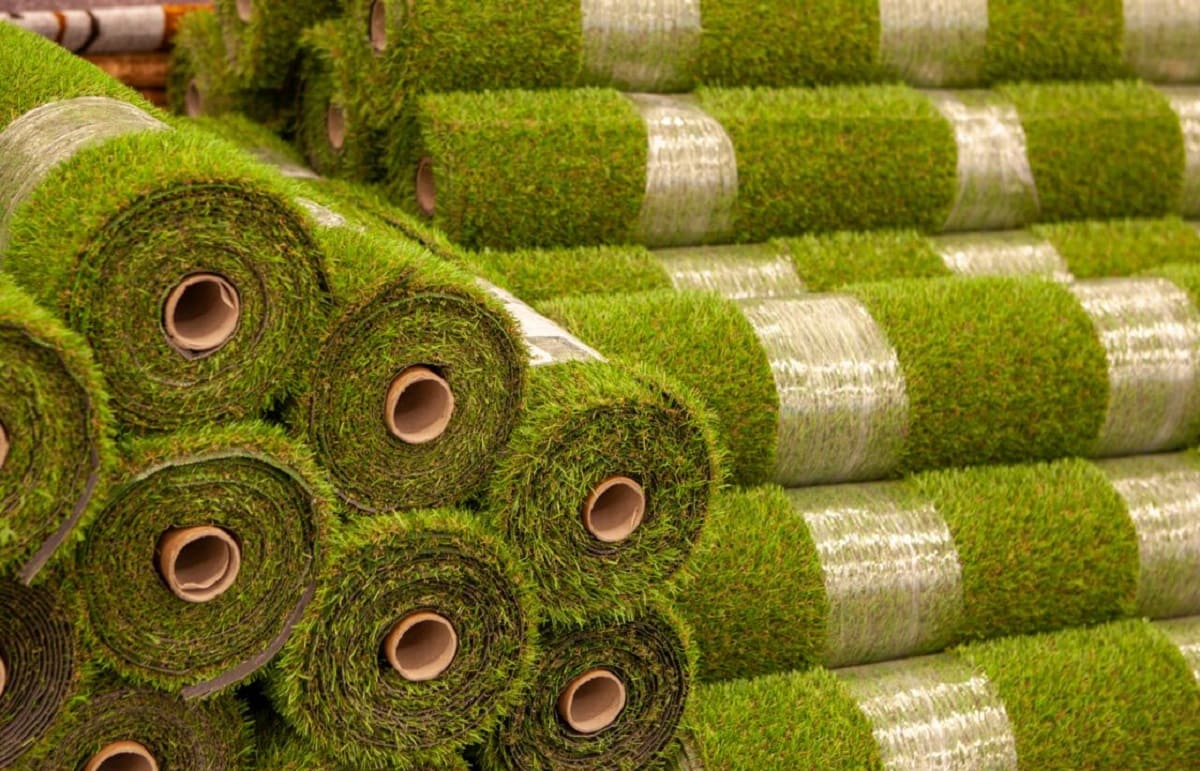
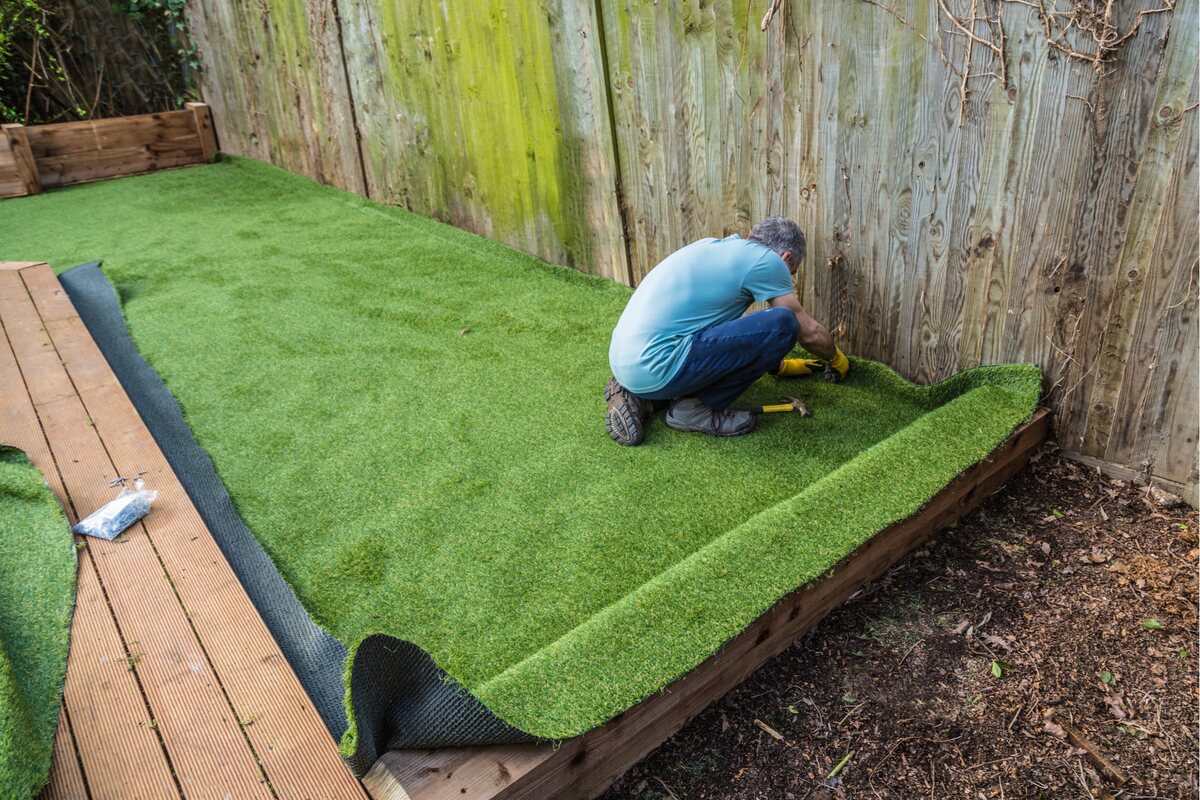
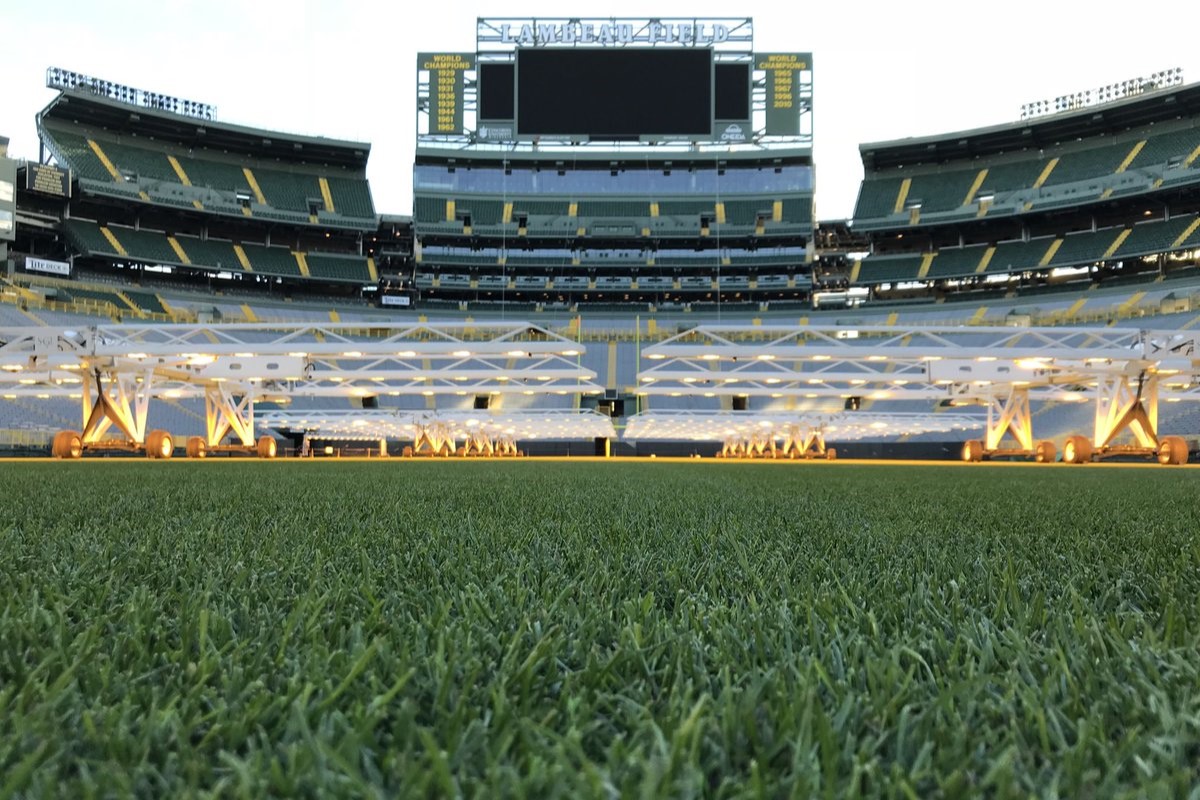
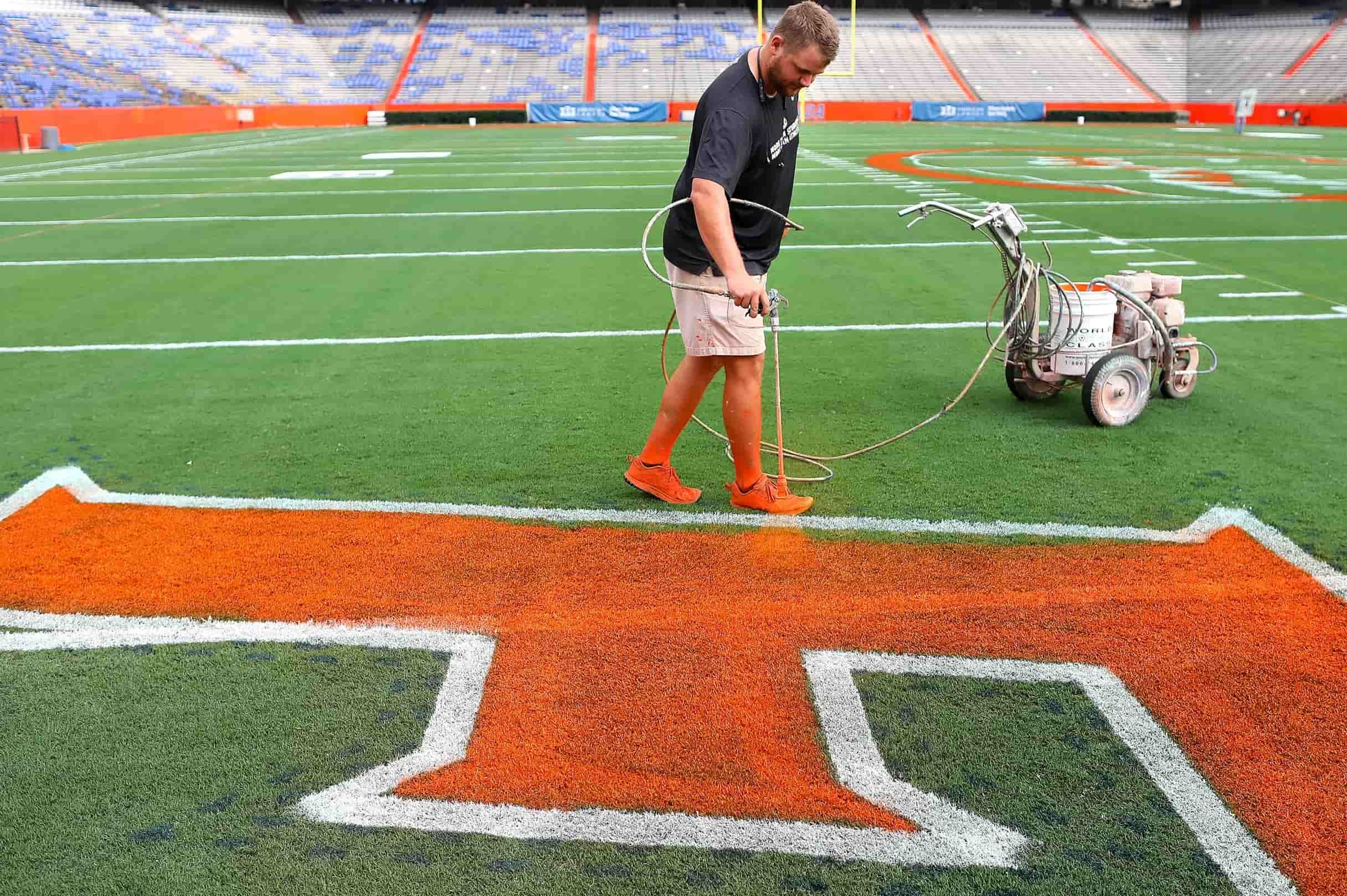
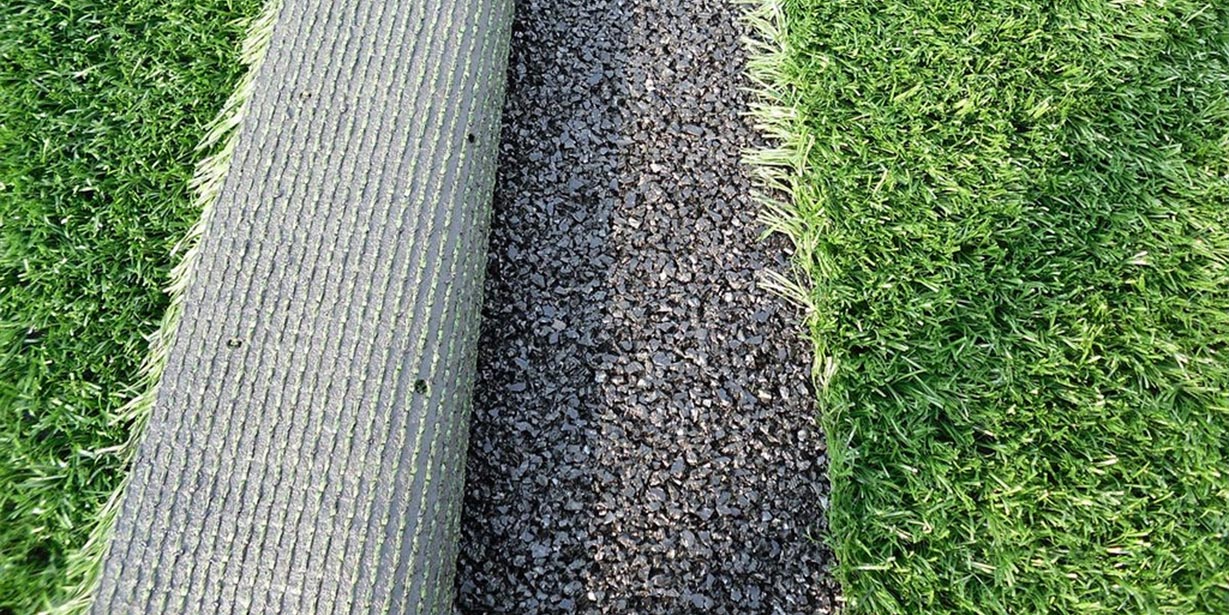
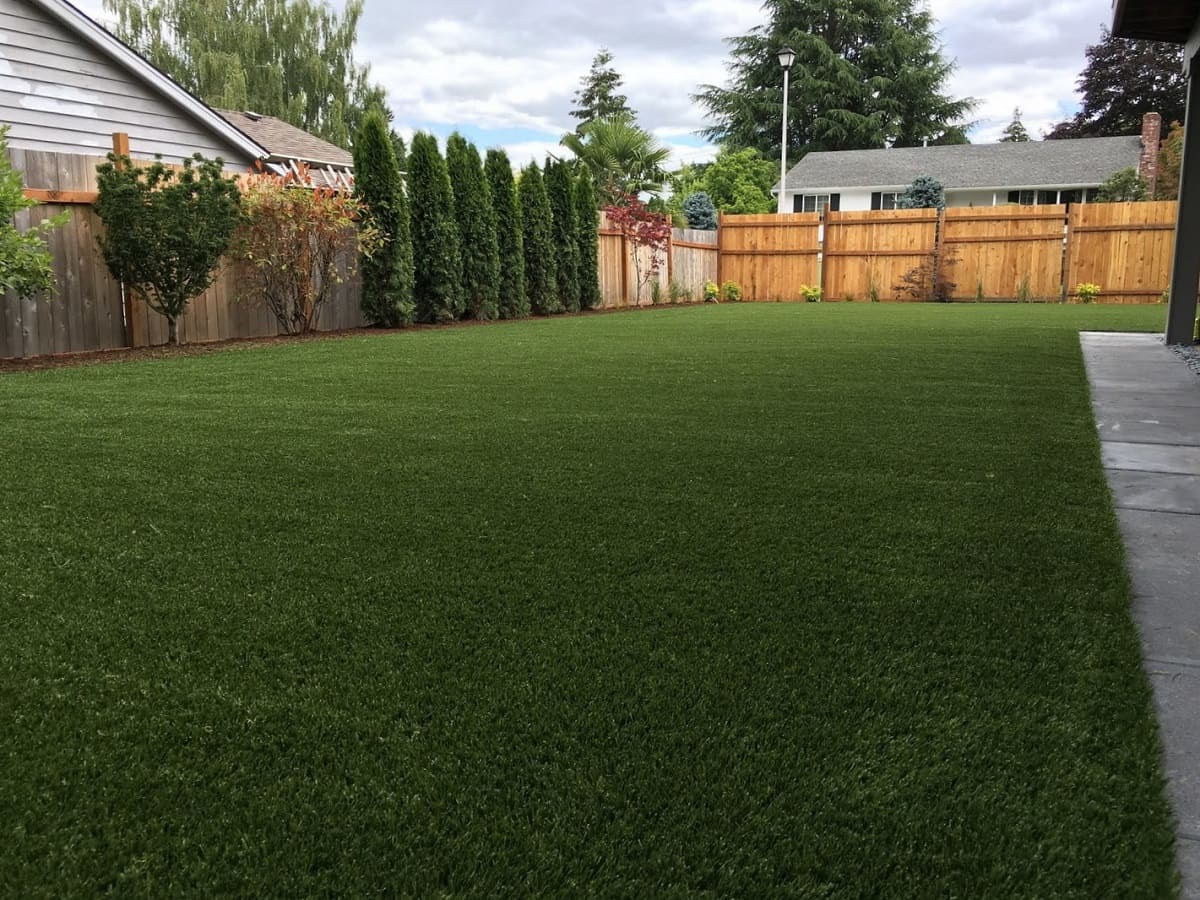
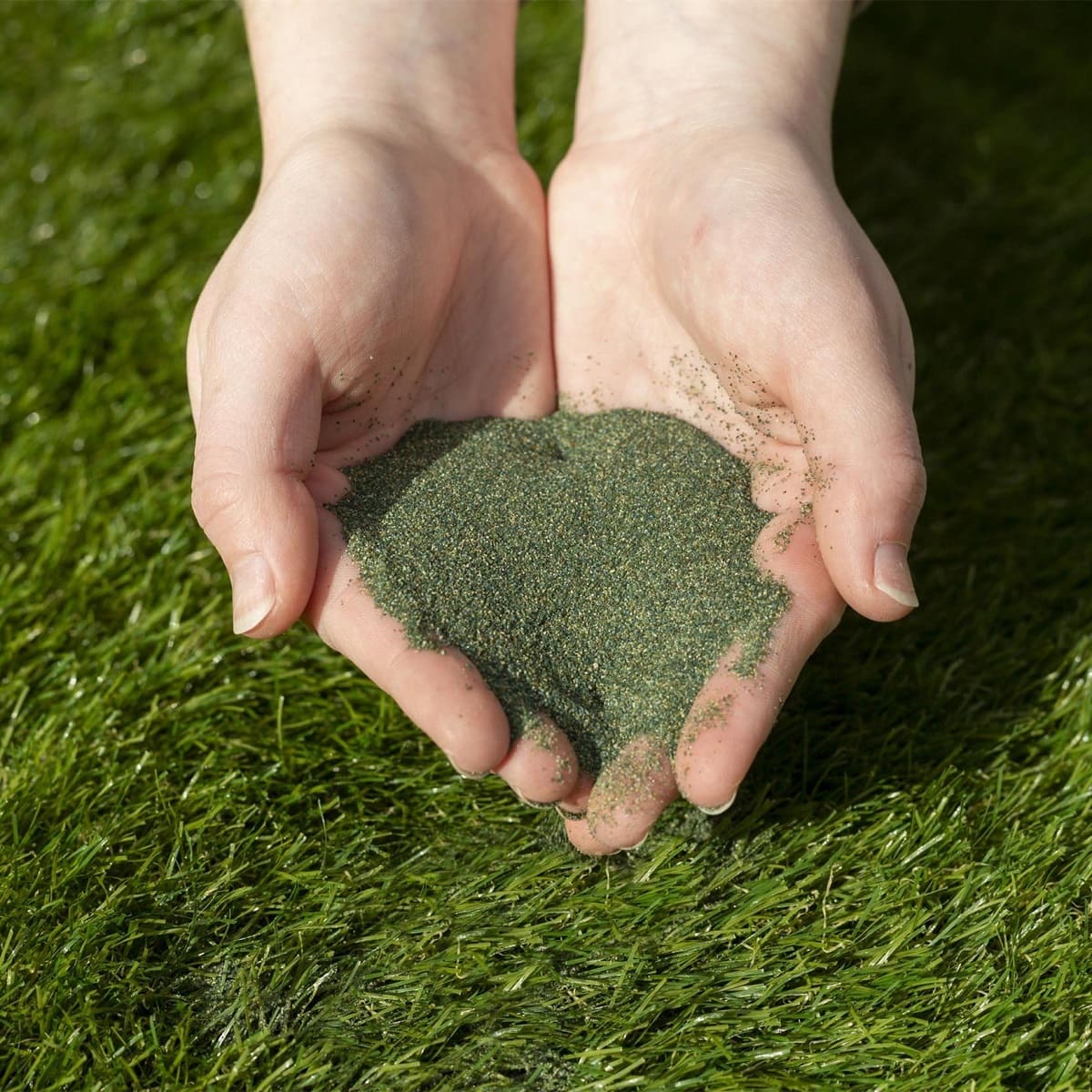
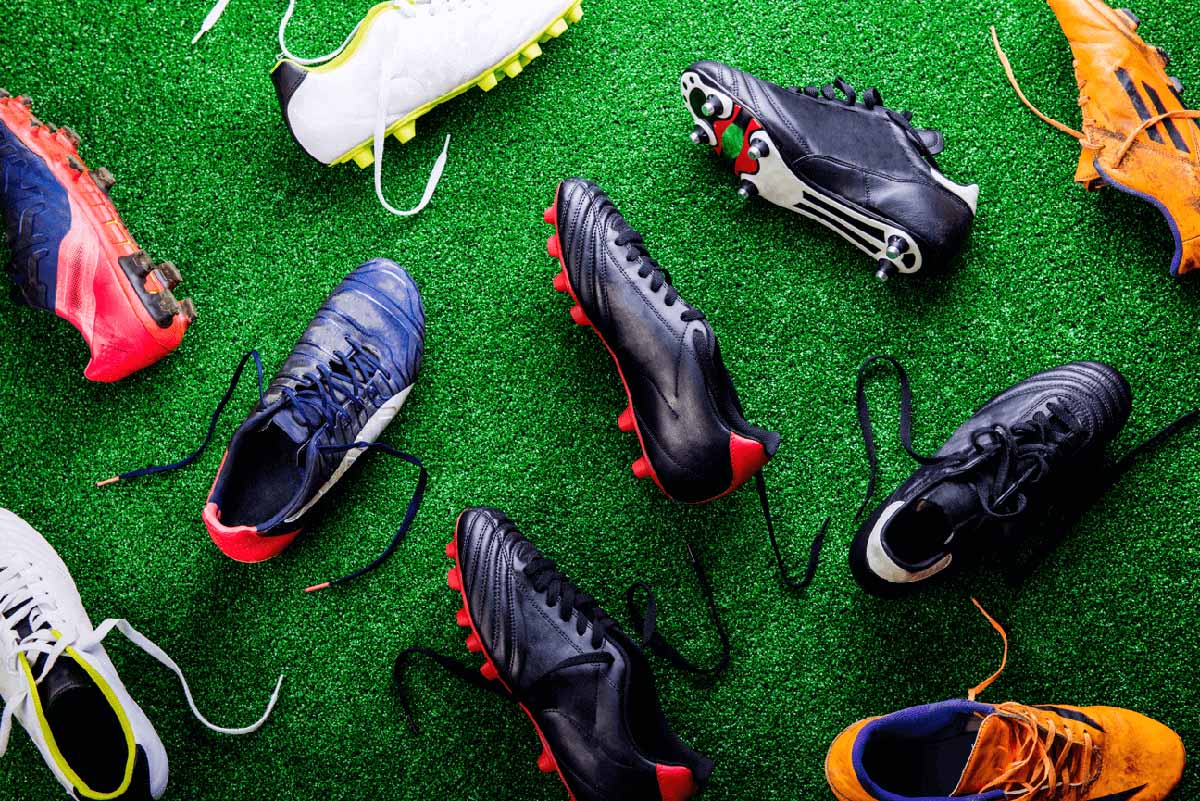
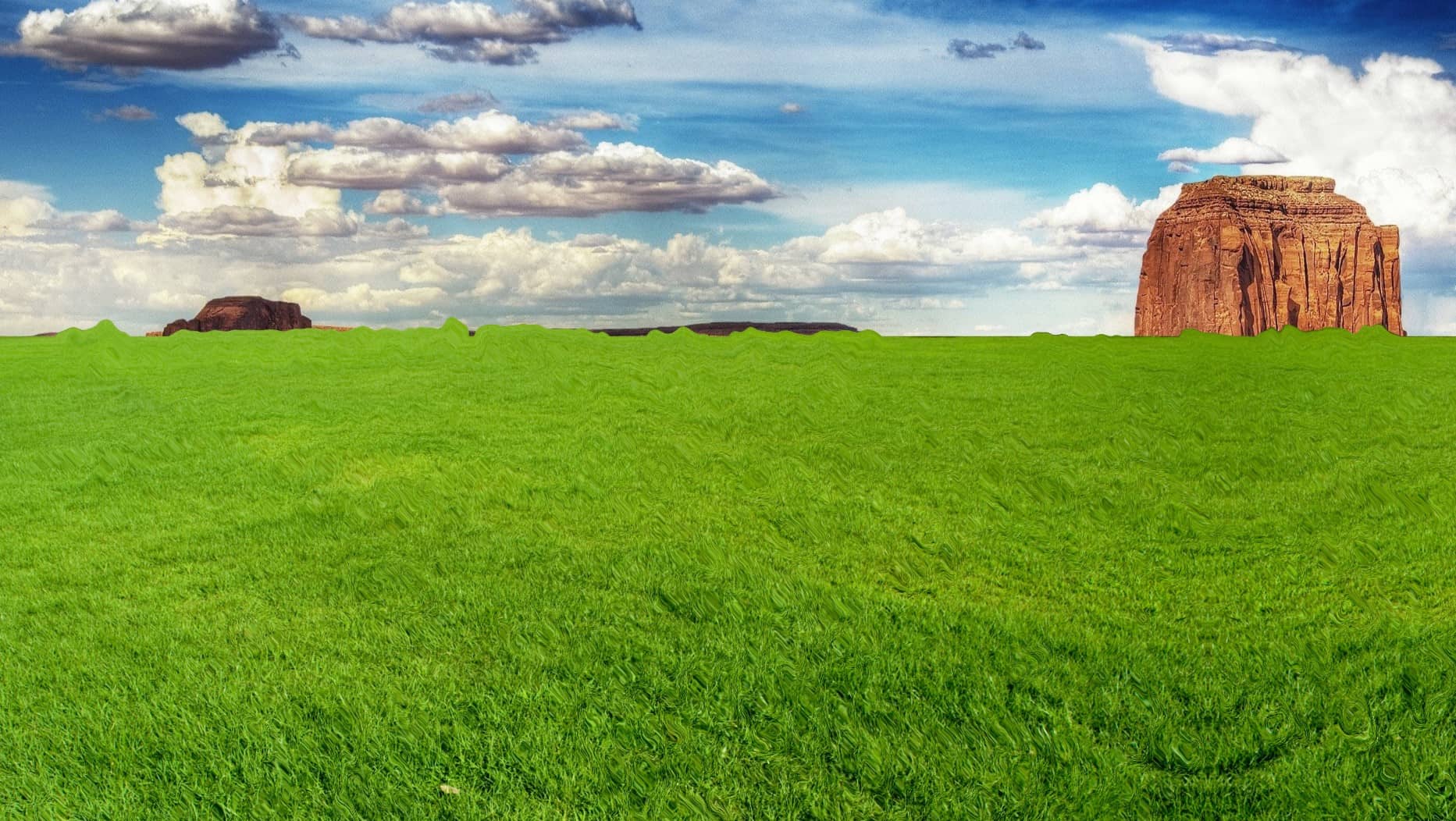
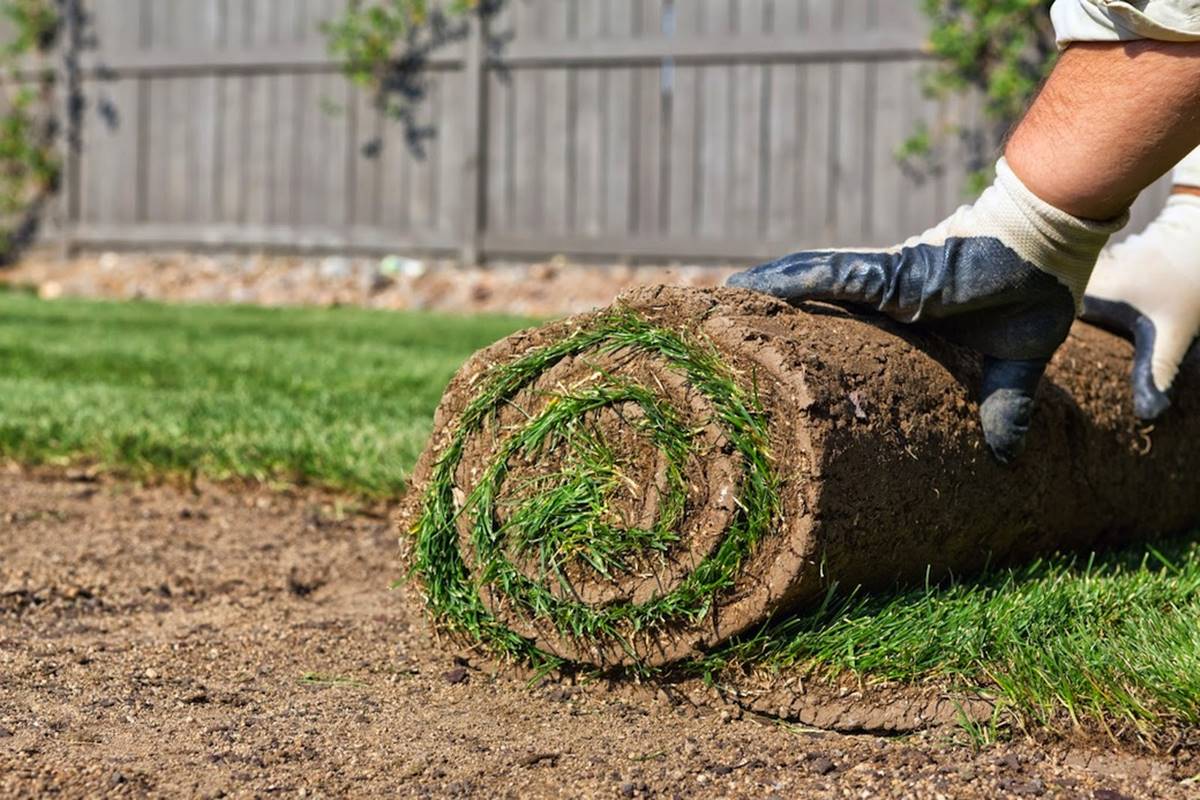

0 thoughts on “What Is Fake Grass On Football Fields”